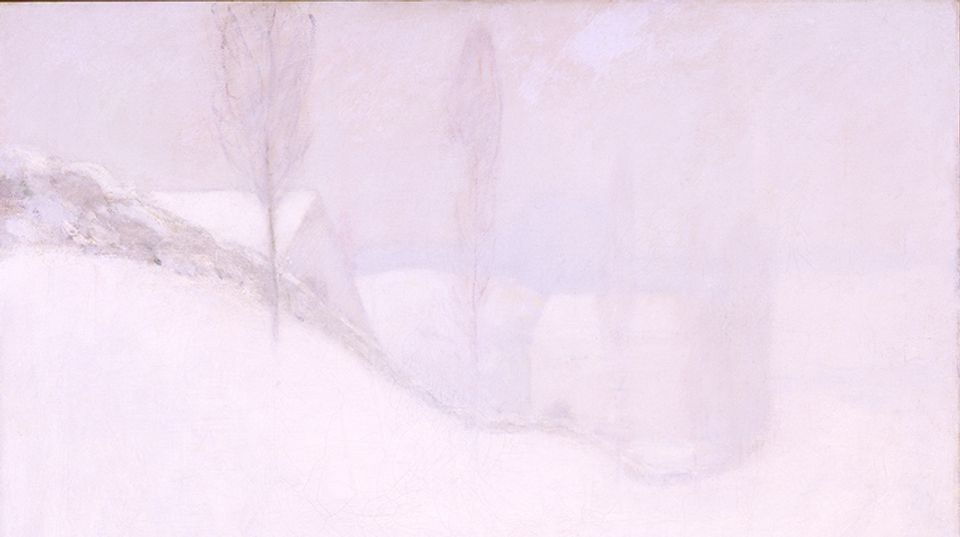Curatorial assistant, Nina Williams writes about the use of plastics in Pop Art printmaking. Our exhibition Pop Art Prints is on display until August 31, 2014.
In one of the most famous scenes from the 1967 film The Graduate, Benjamin (played by Dustin Hoffman), anxiously greets a flurry of guests at his college graduation party. Among them is a man who takes Benjamin aside to offer his unsolicited advice. He says, "I just want to say one word to you, just one word. Plastics. There is a great future in plastics."
Nearly fifty years later, that statement has certainly proven to be true. Just look around you—plastics are everywhere!
But back in the 1950s and '60s, plastics were new and exciting. Everything from chairs, to clocks, to children's toys, were redesigned in the gleaming, colorful material. During the postwar economic boom, plastics fueled Americans' growing desire to consume more and more new and affordable products.
Pop artists, too, were attracted by the versatility of plastics, and incorporated them into their artworks. It was the ideal medium for artists concerned with popular culture and material consumption. There are three examples of how Pop artists used plastic in their printmaking practices in American Art's Pop Art Prints installation, including works by Roy Lichtenstein, Claes Oldenburg, and Tom Wesselmann.
In the mid-1960s, Roy Lichtenstein constructed hybrid printed works using a prismatic plastic called Rowlux. In Moonscape, Lichtenstein uses the specialty plastic to simulate the night sky in all its infinite depth. The artist took full advantage of this newly invented material, which was originally intended for use in road signs, to create a mesmerizing surface that moves before your eyes.
Claes Oldenburg, who famously made larger-than-life sculptures of everyday objects out of sagging vinyl (a form of plastic) in the early 1960s, also experimented with vacuum-forming, an industrial process for manipulating plastic. Teabag showcases his innovative approach to printmaking: he combined screenprinting with a popular technique used to form eye-catching road signs.
Come down to see these prints in person while you still can; Pop Art Prints will remain open through August 31st.

















